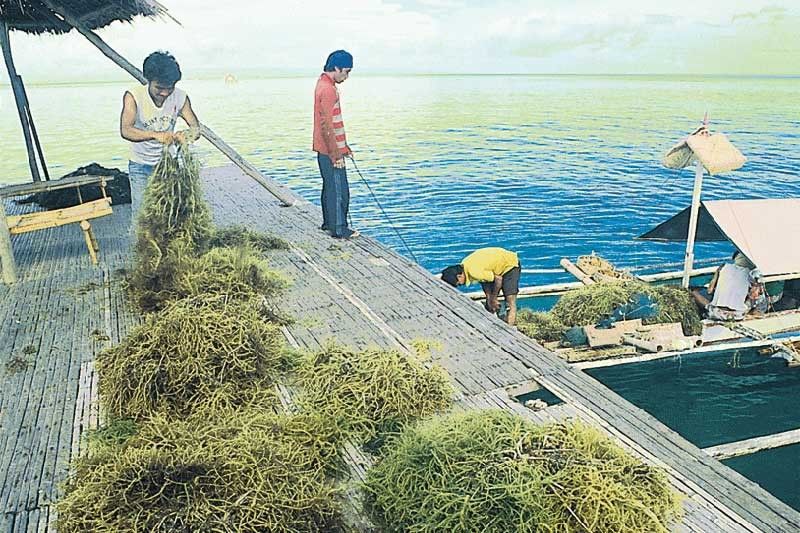SIAP sees rosy outlook as global demand rises

CEBU, Philippines — The Seaweed Industry Association of the Philippines (SIAP) sees promising future ahead post-pandemic, as global demand for carrageenan rises.
According to SIAP chairman Alfredo Pedrosa III, opportunities for investments in the Philippine seaweed industry are ripe. The domestic demand alone exceeds supply.
Pedrosa made this comment following the announcement of the Philippines and India to ink a bilateral cooperation to seize the $12 billion global market or 32 million metric tons (MT) for seaweeds.
While China and Indonesia dominate 80 percent of the global market, the two countries are optimistic of commonly boosting production of seaweeds and its processed form, carrageenan, through business and technical cooperation.
The growing bilateral relations in marine fisheries and aquaculture is brought about by eagerness of private companies from both countries to invest in each other’s sector as a result of a pioneering work of the Philippine Chamber of Agriculture and Food Inc. (PCAFI).
The Philippines is a global leader in carrageenan and seaweeds and has put up its processing facilities way earlier than other countries. Its seaweeds and carrageenan exports totals to around $200 to $250 million yearly.
It has strength in technology and know-how in carrageenan manufacturing. It was the first in the world to develop seaweed species Euchema and Kappaphycus for commercial cultivation for carrageenan.
Even with that, the Philippines still has huge expansion area of 140,000 hectares of potential seaweed farm for expansion, said Pedrosa.
“These are the resources that sustain our industry. We have available farm area of 200,000 hectares along coastlines. Only 60,000 hectares are farmed. We have 500,000 hectares of deep-sea available farmable area,” he added.
The Philippines has continuing research and development (R&D) activities on other seaweed species.
Surprisingly, there is an abundance of 893 seaweed species in the Philippines, he said. But only a few are used for carrageenan of perhaps less than 10 species including Eucheuma, Gracilaria, Sargassum, and Kappaphycus. Other seaweeds species to be cultured are Halymenia, Porpyra, and Ulva Lactuca.
“There is huge demand for seaweed hydrocolloids in India, but currently 50-90% is met through imports,” Dr. Munisamy Shanmugham M/s Aqua Agro Processing Manamaduria (Tamil Nadu) vice president, during the recently held Philippines Virtual Business Conference on Marine Fisheries and Aquaculture (IPBC-MFA).
There are new areas – Gulf of Mannar and Gulf of Kutch—that may be considered for seaweed cultivation to meet India’s demand.
India just started to establish in 2010 its processing facilities for producing carrageenan, a value-added processed form of seaweed. Carrageenan acts as emulsifier, thickener, additive, and preservative in food and consumer products. It is an input in manufacturing dairy, gelatin, and meat products and other high value consumer products such as toothpaste and gels.
- Latest



















